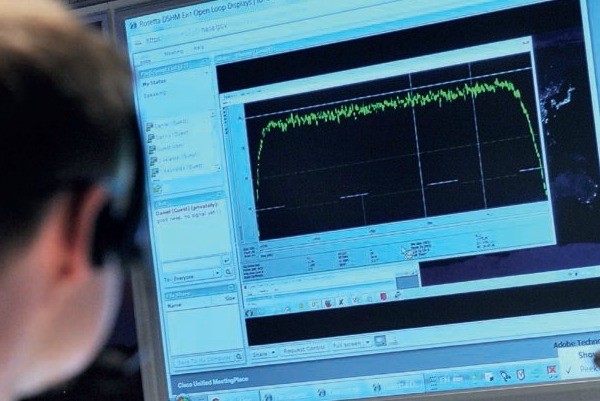GMV designs the onboard and ground components of future flight-control systems for space exploration missions

This contract, awarded by the European Space Agency’s (ESA) Space Research and Technology Centre (ESTEC) to a GMV Spain, GMV Poland, GMV Portugal and the consultancy of GMV staff in the European Space Operations Center (ESOC), has the goal of developing a framework that integrates and defines the FDS and GNC systems (which together make up the Flight Control System or FCS) and the respective interfaces.
The recent hugely successful ESA interplanetary missions - Rosetta and Exomars - have in great part been possible due to the high achievement standards of the ground segments’ FDS. Its ESOC teams are manned by GMV specialists, and it is responsible for controlling a wide range of aspects of spacecraft motion.
A higher level of automatic Guidance, Navigation and Control components in the spacecraft (Space segment) will lighten the FDS burden: more autonomous operations will cut costs; while the lower reliance on long round-trip-time communication links, particularly for missions to distant bodies, will allow safer and more precise (thus more ambitious) maneuvers.
Only autonomous GNC permits the maneuvering accuracies required for precise landing and close observation. At the same time, the GNC system cannot run completely independently from the ground and requires some level of interaction between the FDS and the GNC.
The hybridization study, the sharing of authority as well as the optimal interface point between the two systems have so far been performed on the basis of very preliminary assumptions, with no solid navigation analysis, leading to sub-optimal The hybridization study, the sharing of authority as well as the optimal interface point between the two systems have so far been performed on the basis of very preliminary assumptions, with no solid navigation analysis, leading to sub-optimal strategy choices on which system design relies.
The present activity will allow the study of the implications of hybridization, authority sharing, between the two systems by developing a framework that will simulate both the systems, which together make the Flight Control System (FCS). The framework will allow performance of the trade-off of different strategies in early mission phases; this will prove mission feasibility or will improve mission performance or reduce costs.
Once validated, the platform will be used for evaluating a possible mission scenario to a Near Earth Object (NEO), similar to AIM, and the electric propulsion orbit, raising (G2G) FDS mission strategies. For this mission, the analysis will be based on realistic assumptions arising from ESA’s and the industry’s experience in recent and future missions.